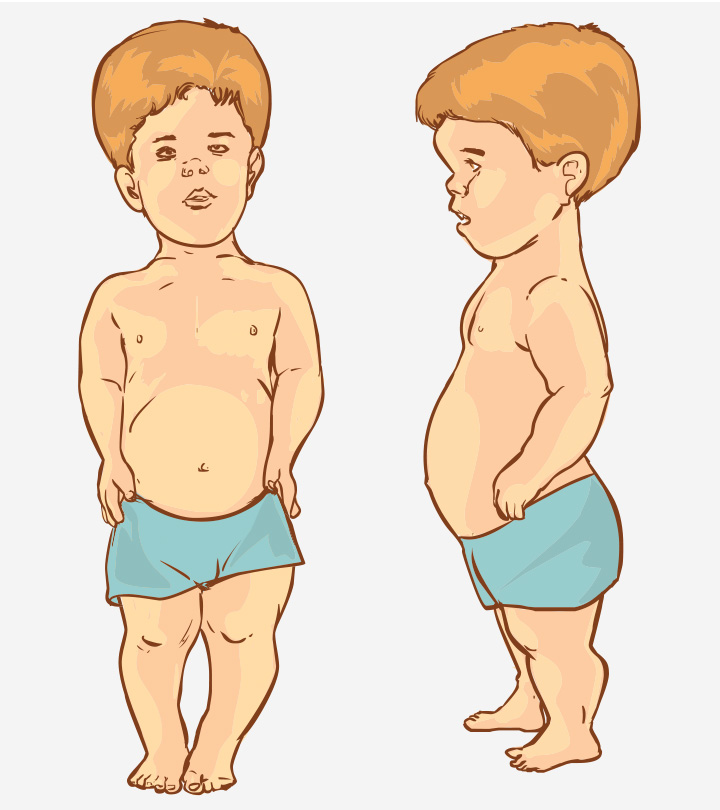Dwarfism: Understanding a Growth Disorder
What is Dwarfism? Dwarfism is a medical condition characterized by short stature that is significantly below the average height for a person’s age, sex, and ethnic background. It is typically caused by genetic mutations or medical conditions that affect skeletal growth and development.
Types of Dwarfism There are several types of dwarfism, including:
- Proportionate Dwarfism: In this type, the body parts are proportionately smaller than average, and the individual’s growth is delayed but occurs in proportion to their body size.
- Disproportionate Dwarfism: Individuals with disproportionate dwarfism have some body parts that are larger or smaller than average due to abnormalities in bone growth or development.
- Primordial Dwarfism: A rare form of dwarfism characterized by severe short stature, small head size, and other developmental abnormalities.
Symptoms of Dwarfism The primary symptom of dwarfism is significantly shorter stature compared to individuals of the same age and gender. Other symptoms may include:
- Short arms and legs
- Disproportionate body size
- Limited range of motion in joints
- Delayed motor skills development
- Bowing of the legs
- Hearing loss (in some cases)
- Dental abnormalities
- Obesity (in some cases)
Causes of Dwarfism Dwarfism can be caused by various factors, including:
- Genetic Mutations: Mutations in specific genes responsible for skeletal growth and development can lead to dwarfism. These mutations may be inherited from one or both parents or occur spontaneously.
- Endocrine Disorders: Hormonal imbalances or deficiencies, such as growth hormone deficiency or thyroid disorders, can affect growth and contribute to dwarfism.
- Skeletal Dysplasias: Genetic disorders that affect bone growth and development, such as achondroplasia, hypochondroplasia, or osteogenesis imperfecta, can cause dwarfism.
- Environmental Factors: Prenatal exposure to certain environmental factors, such as toxins, infections, or maternal malnutrition, may impact fetal growth and development, leading to dwarfism.
Risk Factors for Dwarfism Risk factors for dwarfism may include:
- Family History: Having a family history of dwarfism or genetic disorders associated with short stature increases the risk of inheriting the condition.
- Advanced Parental Age: Older parents may have a higher risk of passing on genetic mutations associated with dwarfism to their offspring.
- Maternal Health: Maternal health factors, such as poor nutrition, smoking, alcohol consumption, or exposure to toxins during pregnancy, may increase the risk of fetal growth abnormalities and dwarfism.
Diagnosis of Dwarfism Diagnosing dwarfism typically involves:
- Physical Examination: A thorough physical examination to assess height, weight, body proportions, and other physical characteristics associated with dwarfism.
- Medical History: A review of the patient’s medical history, family history, and developmental milestones to identify potential underlying causes or contributing factors.
- Genetic Testing: Genetic testing may be performed to identify specific gene mutations or chromosomal abnormalities associated with dwarfism.
- Imaging Studies: X-rays or other imaging studies may be used to evaluate bone structure, growth plates, and skeletal abnormalities in individuals with dwarfism.
Pharmacological Treatment Pharmacological treatment options for dwarfism may include:
- Growth Hormone Therapy: Recombinant human growth hormone (GH) therapy may be prescribed to stimulate growth and increase height in individuals with growth hormone deficiency or certain types of skeletal dysplasias.
Non-Pharmacological Treatment Non-pharmacological treatment options for dwarfism may include:
- Orthopedic Interventions: Orthopedic surgeries or procedures, such as limb lengthening surgeries or corrective surgeries for skeletal deformities, may be performed to improve mobility and functional outcomes in individuals with dwarfism.
- Assistive Devices: Mobility aids, orthotic devices, or adaptive equipment may be used to improve mobility, independence, and quality of life in individuals with dwarfism.
- Physical Therapy: Physical therapy interventions, including exercises, stretches, and mobility training, may be prescribed to improve strength, flexibility, and motor skills development in individuals with dwarfism.
Conclusion Dwarfism is a medical condition characterized by significantly shorter stature than average due to genetic mutations, skeletal dysplasias, endocrine disorders, or environmental factors. While there is currently no cure for dwarfism, early diagnosis, supportive care, and appropriate interventions can help manage symptoms, improve quality of life, and promote optimal growth and development in affected individuals. Treatment approaches may include pharmacological therapies, orthopedic interventions, assistive devices, and physical therapy tailored to the individual’s specific needs and underlying causes of dwarfism. If you or your child exhibit symptoms of dwarfism or have concerns about growth and development, it is important to seek medical evaluation and consultation with a healthcare professional for proper diagnosis and management.




